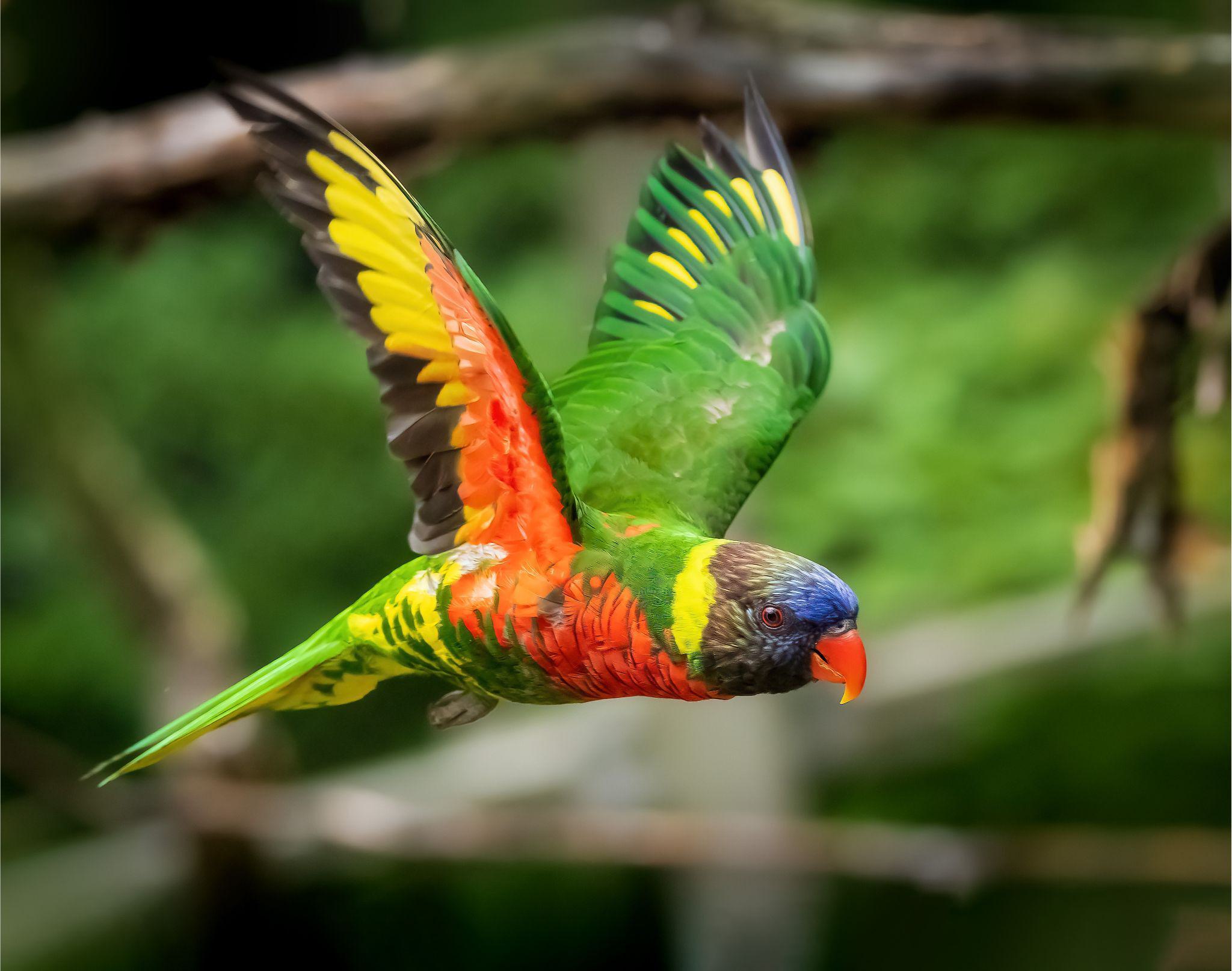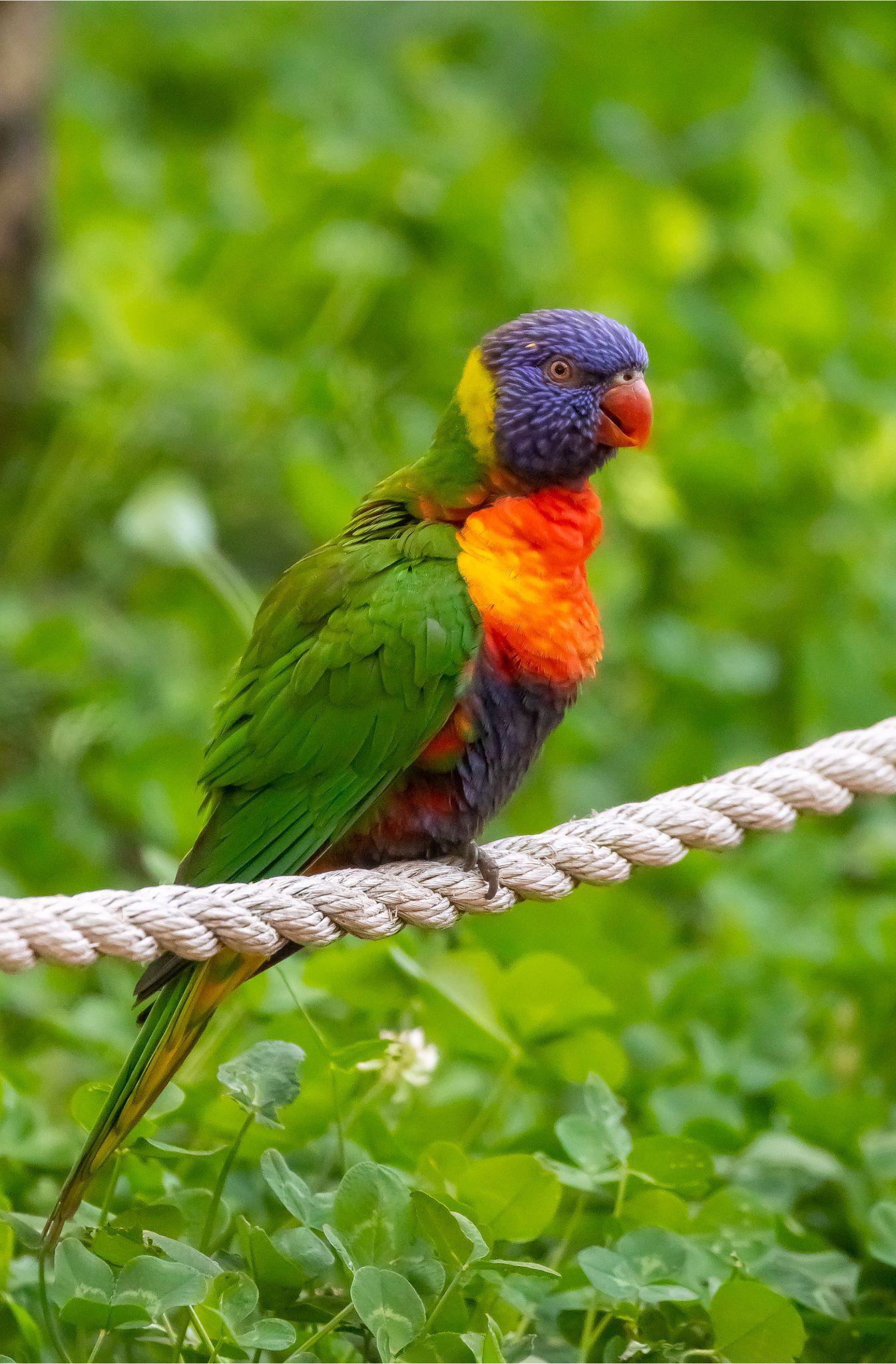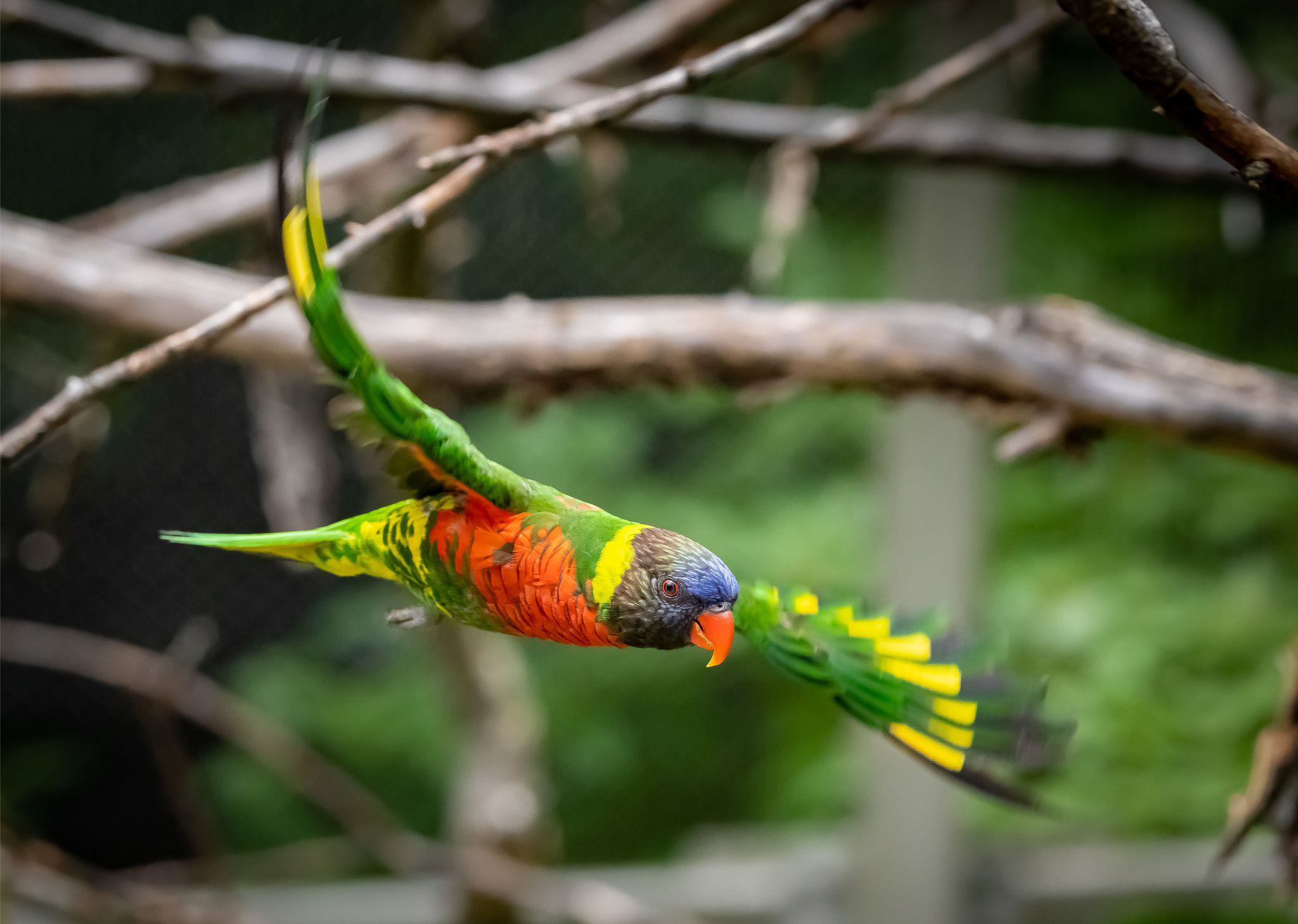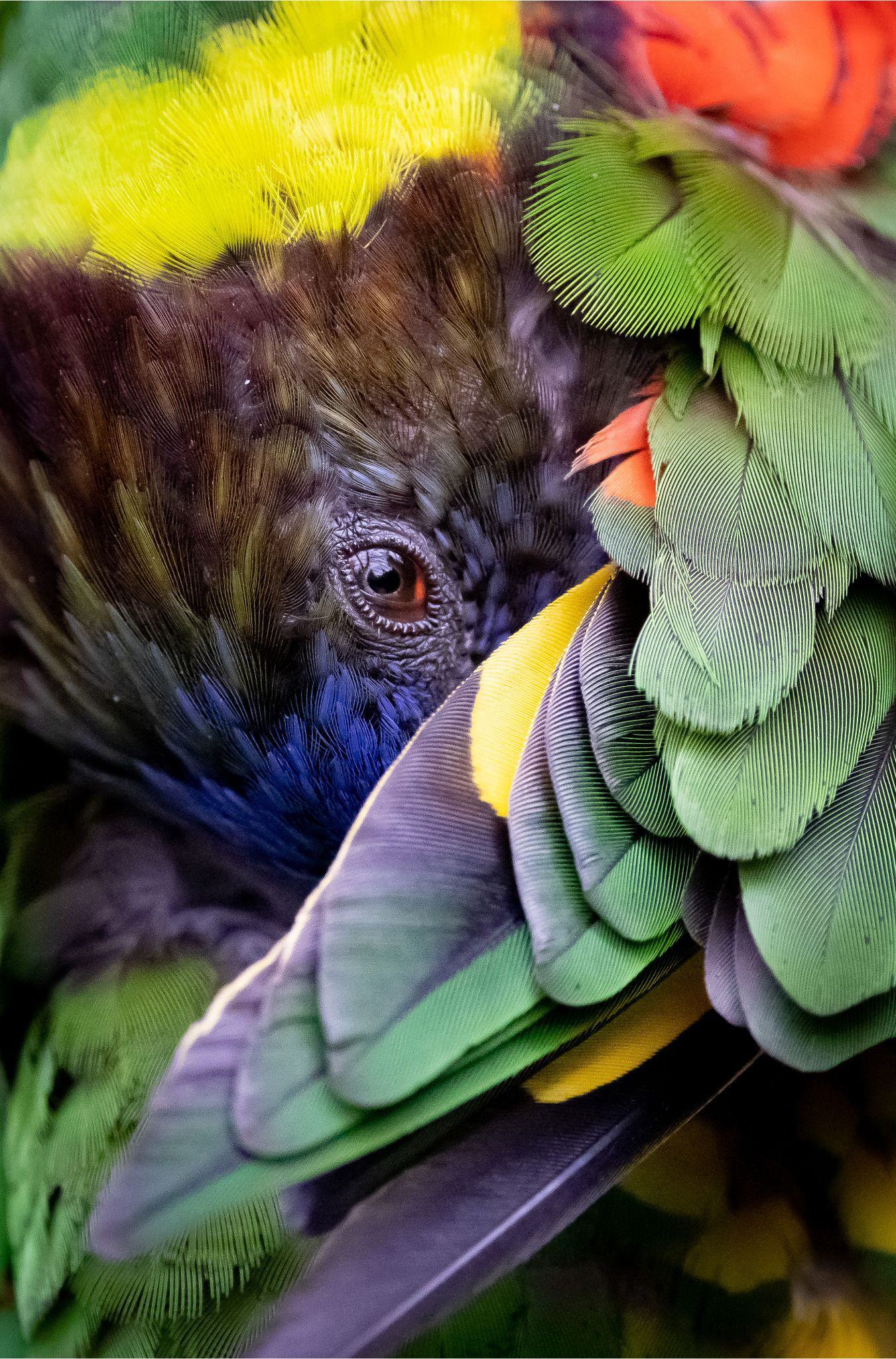
Coconut Lorikeet
Coconut Lorikeet
Distribution
Australia
Diet
Nectarivore
Habitat
Forests and mangroves
Latin Name
Trichoglossus haematodus
IUCN conservation status
This gorgeous, small brightly coloured parrot belongs to a large family of over 370 species!
Interesting informations











